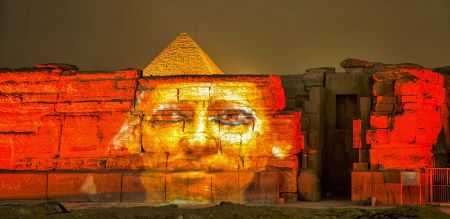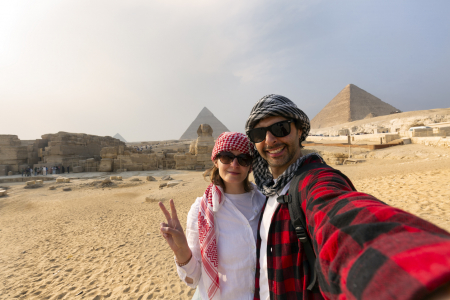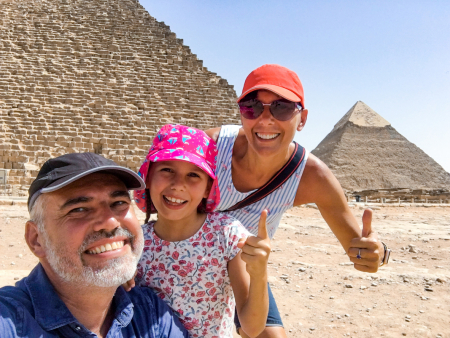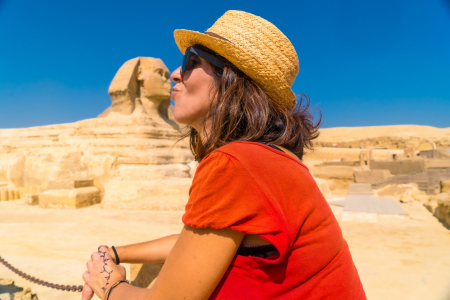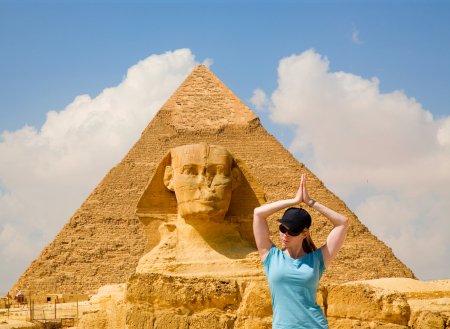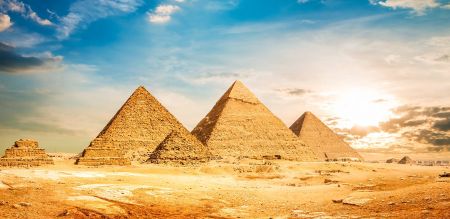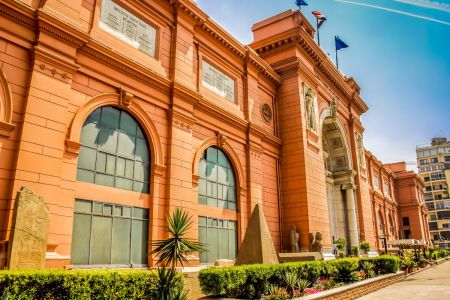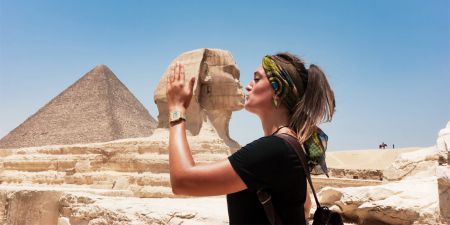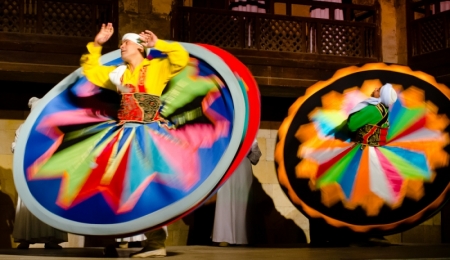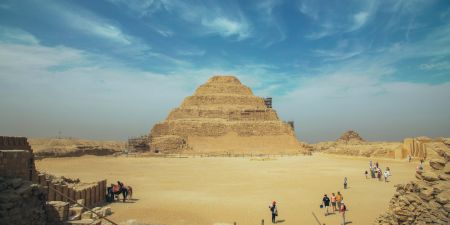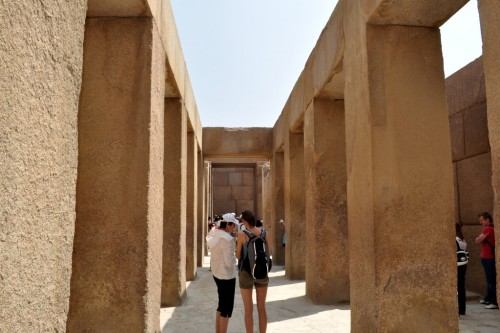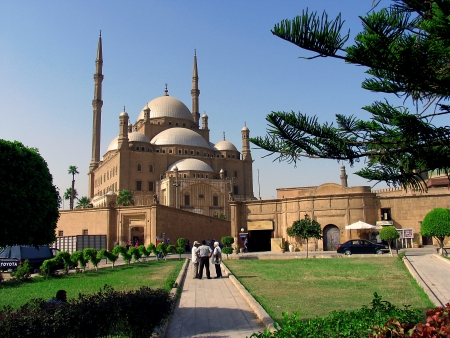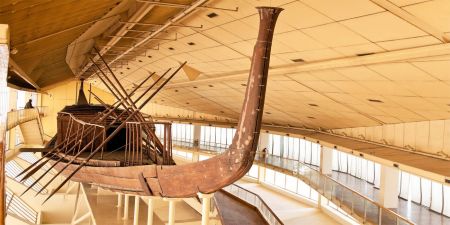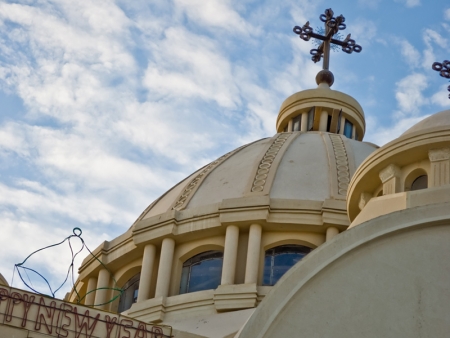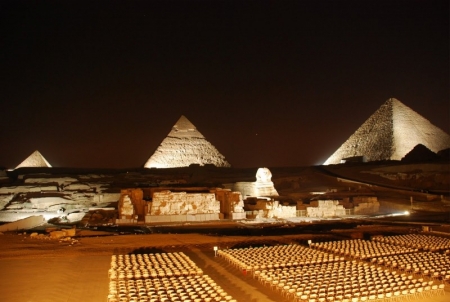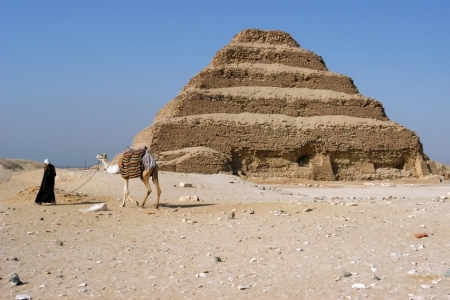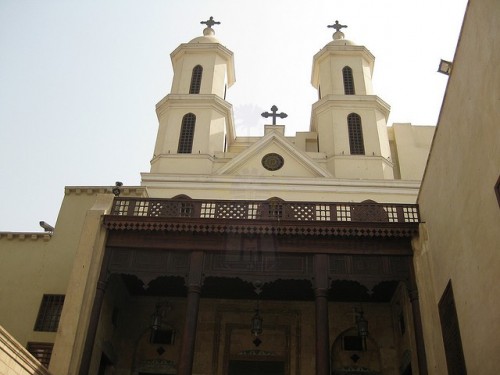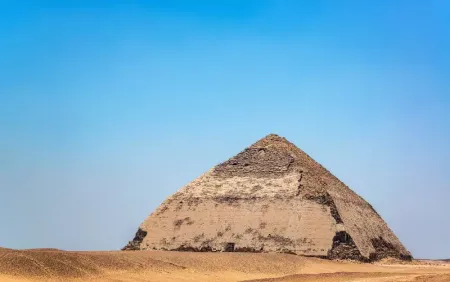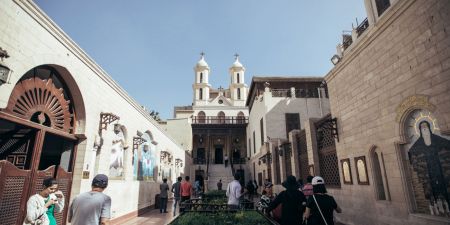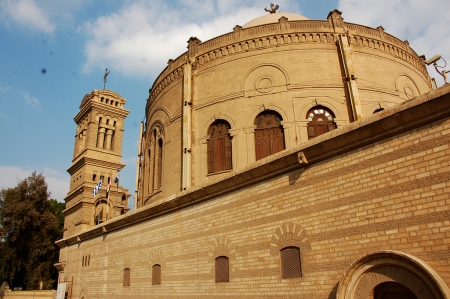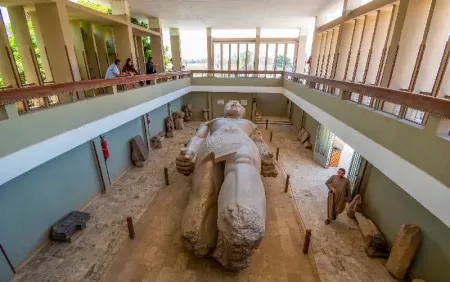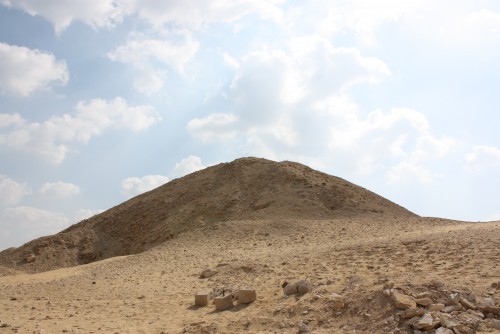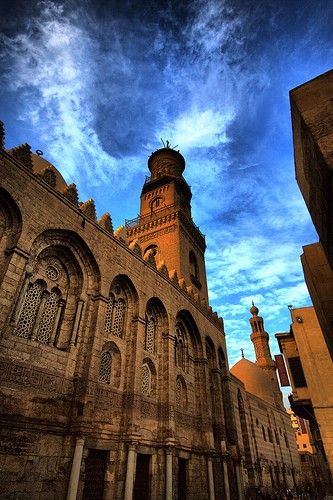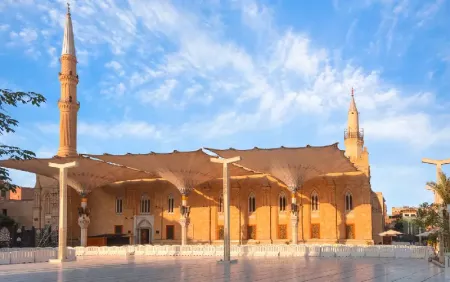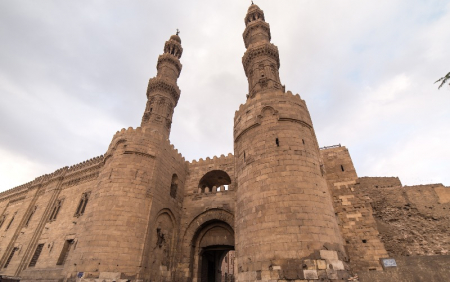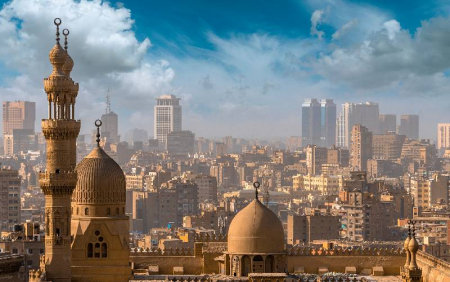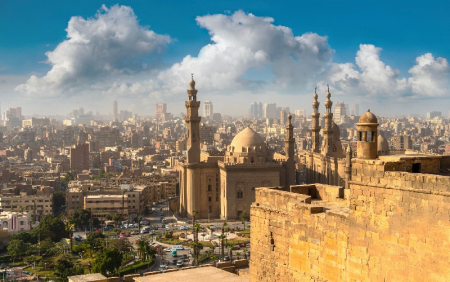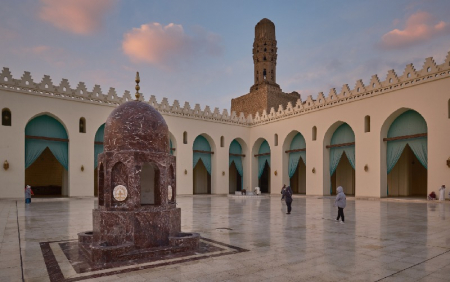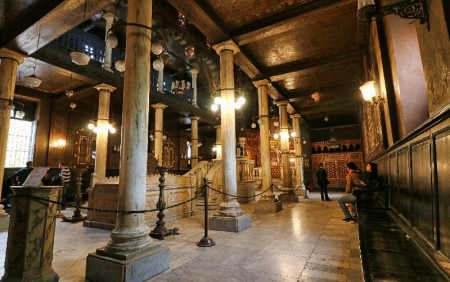The Great Sphinx in Giza
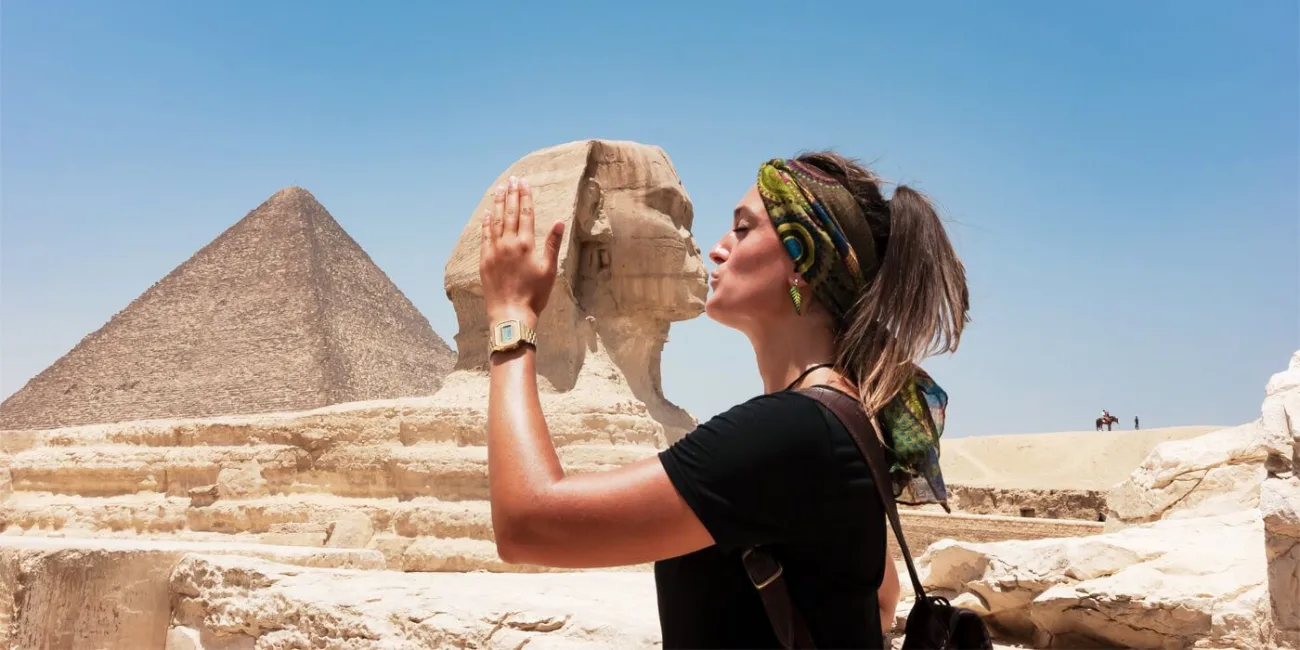
Egypt the Birthplace of the over 300-year-old civilization of the Ancient Egyptians. A civilization that astonished and continues to marvel the word with its ahead of its time medical procedures and knowledge, ethical and moral code and meticulous constructs such as the Pyramids of Giza and the Great Sphinx. Built by the ancient Egyptians as a guardian and overseeing protector of the Giza Pleatue, the Sphinx as all relics of the Pharaonic age of Egypt has been the subject of many questions and an essential part of any trip to Egypt & any Nile Cruise 2020. What does the sphinx mean, what does it represent and how was the great Sphinx constructed are just some of the frequently asked questions. We will answer the aforementioned questions and more about the Great Sphinx about the Giza plateau as one of the main things to do in Egypt.
- What does the Sphinx mean in Egypt?
- How was the Sphinx constructed?
- What does the Great Sphinx in Egypt represent?
What does the Sphinx mean?
The sphinx as a word is not exclusive to the ancient Egyptians with similar-looking creatures with the winged body of a lion and the head of the human in both the greek and south and southeast Asia. It is near impossible to determine the original name given to this massive ancient monument. This is mainly due to its non-existence in any of the inscriptions of the old kingdom. The current name of the Sphinx was given to it by the law of classical antiquity and after nearly 2000 years after its agreed-upon date of construction. The name is a reference to a creature in the Greek mythology, a beast comprised of a lions body, a women’s head and the wings of an Eagle with the version of ancient Egypt void of any wings and having a mans head instead. The English name of the Great Sphinx originally comes from the Greek word meaning “to squeeze” as the greek sphinx strangled whoever failed to answer his riddle. Another well-known name is the Arabic word “ abu al hawl “ meaning “ The terrifying one”.
Tailor-make a Once in a Life-Time trip to the land of the Pharos here
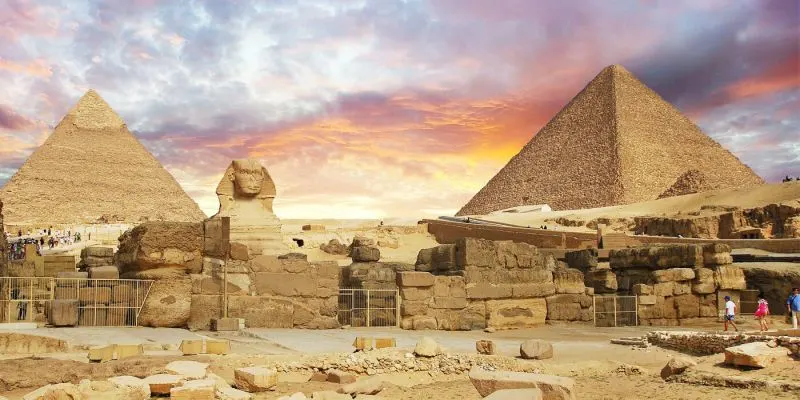
How was the Great Sphinx Constructed?
The sphinx stands at a towering height of 20 meteres measured from the base to the top of the head and a 19m rear width at its rear haunches. The structure is believed to have been built in the old kingdom era during the reign of the pharaoh Khafre. The sphinx is carved in the very bedrock of the Giza plateau which functioned both as a quarry and home of many other attractions such as the Giza Pyramids. The sphinx is formed of layers of nummulitic limestone each with different levels of erosion resistance causing the Step-like formation of the Sphinx body as it is today. This monumental structure measures at 73m/240 feet from pay to tail, 20m/66ft height from base to the tip of the head and finally, 19m/ 62 ft wide at its rear haunches.
There have been many theories and hypothesis about who was responsible for the construction of this ancient world wonder. What is agreed on however is that the Great Sphinx was built in approx 2500 BC for the pharaoh Khefre. There are several pieces of evidence supporting the aforementioned relation between the sphinx and Khefre. Proof of which is the similarity of design between it and the valley temple and the upside-down statue of khefre discovered in the surrounding area amongst other evidence.
At an unknown time, the Giza Necropolis was neglected and completely abandoned up to the point that sphinx was buried neck-deep in the sand. This remained the case until the first documented excavation effort was led by Thutmose IV at 1400BC. After much effort, they were able to dig out the two front paws placing in between them a granite slab known as a Dream Stele. Another excavation was performed by Ramses the second was soon to follow and by the beginning of the year 1887 the chest, paws, altar and the whole Giza plateau were dug out and made visible. The final repairs to the great sphinx were done in 1931 by Egyptian government engineers due to breakdown of part of its headdress and considerable damage to the neck as a result of erosion. The other missing pieces form the Sphinx Structure is its Bear and Nose. The loss of Sphinx’s nose was Commonly attributed to a cannon bolt fired from Napelons Bonaparte’s army. However, the most likely tale documented by the Arab Historian Al Maqrizi is that the Nose was removed by Mohamed Salim al-Dahr who considered it as an act of iconoclasm.
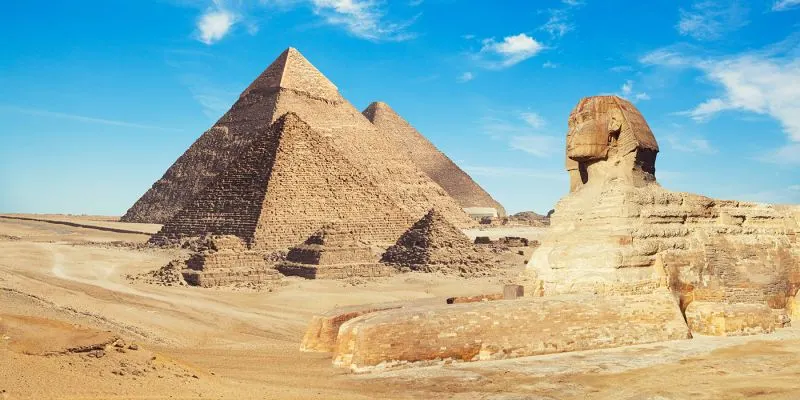
How was the Great Sphinx Constructed?
The sphinx stands at a towering height of 20 meteres measured from the base to the top of the head and a 19m rear width at its rear haunches. The structure is believed to have been built in the old kingdom era during the reign of the pharaoh Khafre. The sphinx is carved in the very bedrock of the Giza plateau which functioned both as a quarry and home of many other attractions such as the Giza Pyramids. The sphinx is formed of layers of nummulitic limestone each with different levels of erosion resistance causing the Step-like formation of the Sphinx body as it is today. This monumental structure measures at 73m/240 feet from pay to tail, 20m/66ft height from base to the tip of the head and finally, 19m/ 62 ft wide at its rear haunches.
There have been many theories and hypothesis about who was responsible for the construction of this ancient world wonder. What is agreed on however is that the Great Sphinx was built in approx 2500 BC for the pharaoh Khefre. There are several pieces of evidence supporting the aforementioned relation between the sphinx and Khefre. Proof of which is the similarity of design between it and the valley temple and the upside-down statue of khefre discovered in the surrounding area amongst other evidence.
At an unknown time, the Giza Necropolis was neglected and completely abandoned up to the point that sphinx was buried neck-deep in the sand. This remained the case until the first documented excavation effort was led by Thutmose IV at 1400BC. After much effort, they were able to dig out the two front paws placing in between them a granite slab known as a Dream Stele. Another excavation was performed by Ramses the second was soon to follow and by the beginning of the year 1887 the chest, paws, altar and the whole Giza plateau were dug out and made visible. The final repairs to the great sphinx were done in 1931 by Egyptian government engineers due to breakdown of part of its headdress and considerable damage to the neck as a result of erosion. The other missing pieces form the Sphinx Structure is its Bear and Nose. The loss of Sphinx’s nose was Commonly attributed to a cannon bolt fired from Napelons Bonaparte’s army. However, the most likely tale documented by the Arab Historian Al Maqrizi is that the Nose was removed by Mohamed Salim al-Dahr who considered it as an act of iconoclasm.
Explore Egypt for 8 days with our Cairo and Nile Holiday package from $1075 here
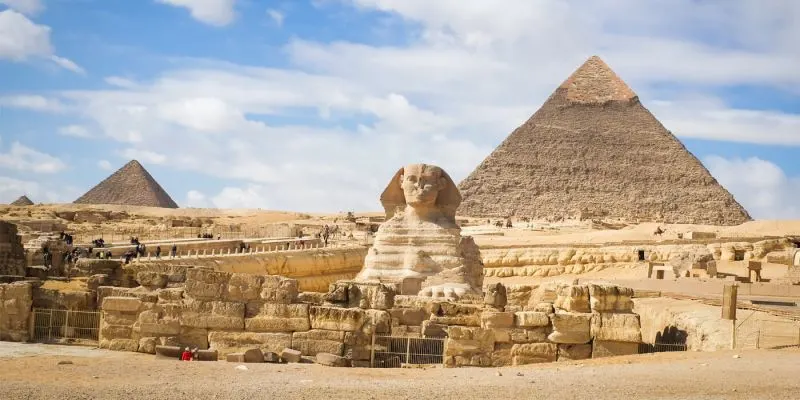
Customize Your Dream Vacation!
Get in touch with our local experts for an unforgettable journey.
Plan Your Trip
